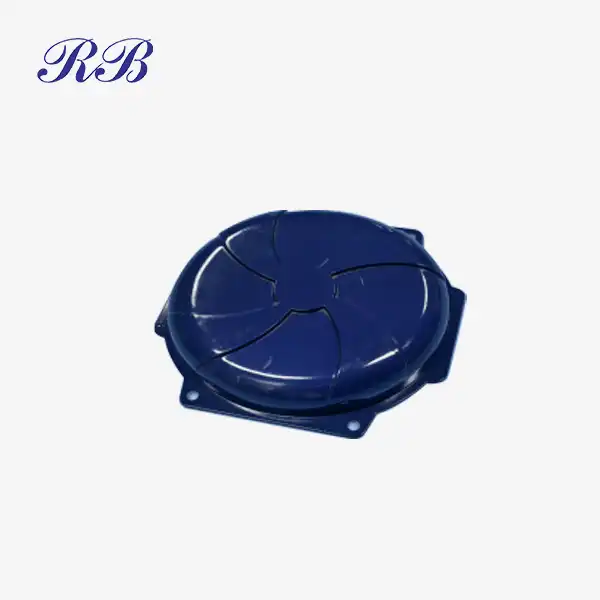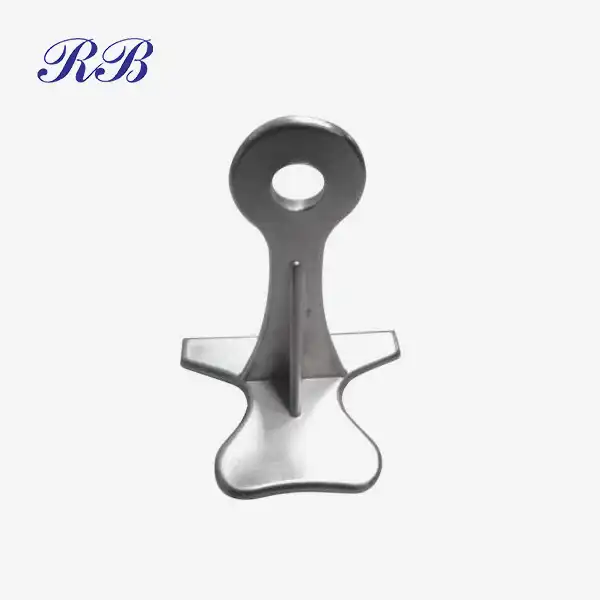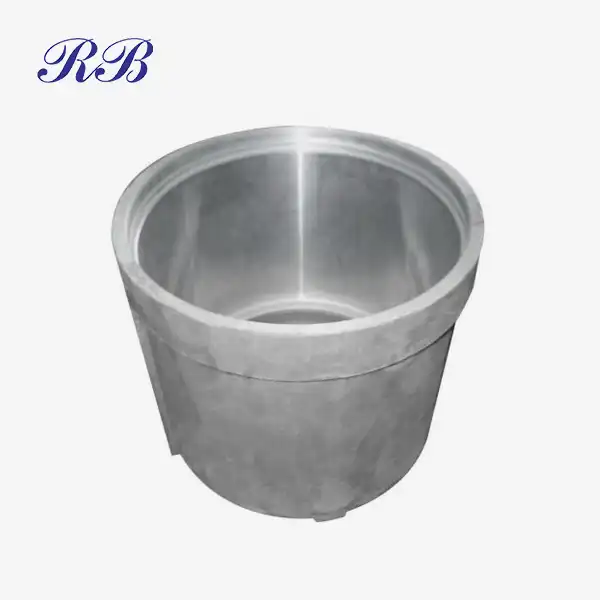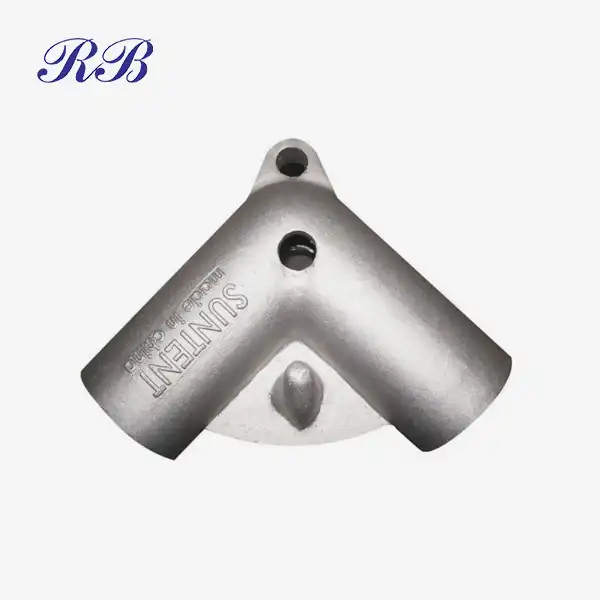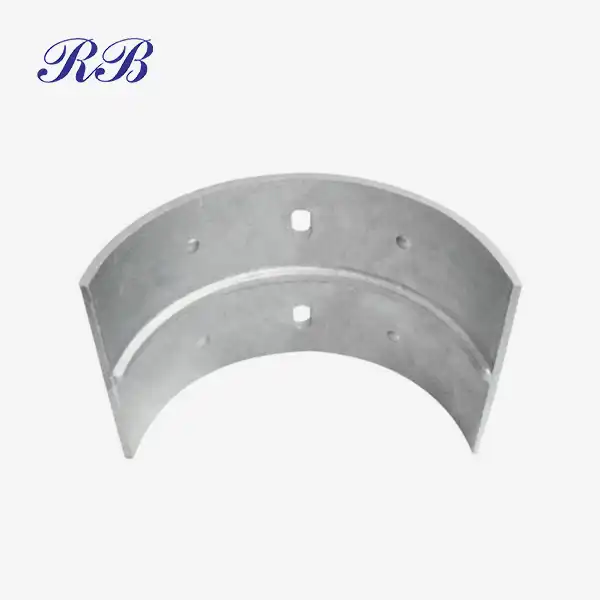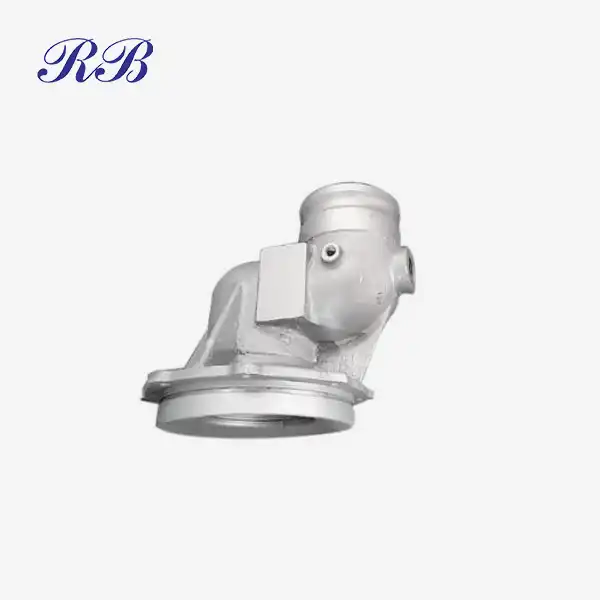Low pressure casting process
Low-pressure casting process
Low-pressure casting refers to a casting method in which the mold is generally placed above a sealed crucible, compressed air is introduced into the crucible, and a low pressure (0.06-0.15MPa) is created on the surface of the molten metal, so that the molten metal rises from the riser to fill the mold and control solidification. This casting method has good shrinkage compensation, dense casting structure, and is easy to cast large, thin-walled, complex castings. No riser is required, and the metal recovery rate reaches 95%. It is pollution-free and easy to automate. However, the equipment cost is high and the production efficiency is low. It is generally used to cast non-ferrous alloys.
Principle
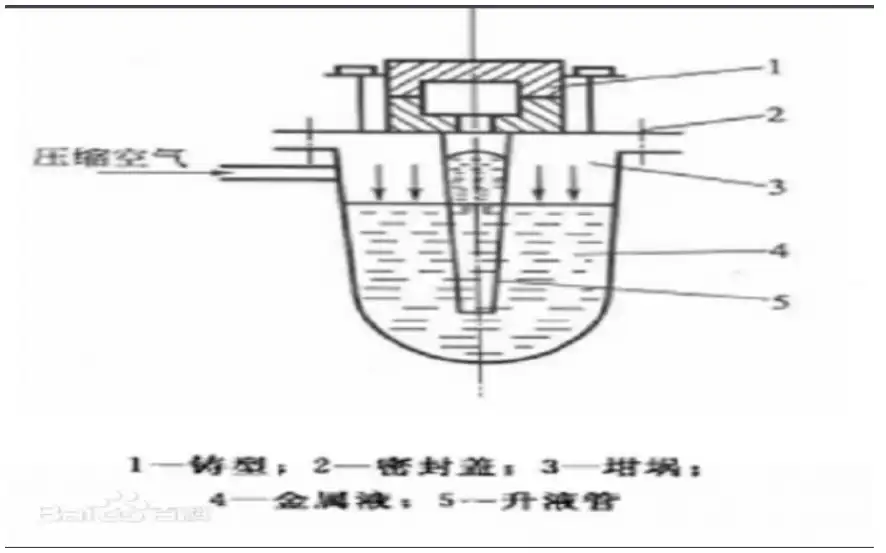
Features
Low-pressure casting can use sand molds, metal molds, graphite molds, etc. The filling process is different from gravity casting such as metal mold casting and sand mold casting, and is also different from pressure casting with high-pressure and high-speed filling. It has the following advantages:
1) Pure metal liquid fills the mold, which improves the purity of the casting. Since the slag generally floats on the surface of the molten metal, and low-pressure casting is filled by the molten metal at the bottom of the crucible through the riser, the possibility of slag entering the mold cavity is completely avoided.
2) The molten metal fills the mold smoothly, reducing or avoiding the tumbling, impact and splashing of the molten metal during filling, thereby reducing the formation of oxide slag.
3) The casting has good moldability. The molten metal fills the mold under pressure, which can improve the fluidity of the molten metal, which is conducive to the formation of castings with clear contours and smooth surfaces, and is more beneficial for the molding of large thin-walled castings.
4) The casting crystallizes and solidifies under pressure, can be fully compensated for shrinkage, and the casting structure is dense.
5) The recovery rate of the molten metal is improved. Generally, no riser is required, and the uncondensed metal in the riser can flow back to the crucible and be reused, which greatly improves the recovery rate of the molten metal. The recovery rate can generally reach 90%.
6) The production operation is convenient, the working conditions are good, the production efficiency is high, and it is easy to realize mechanization and automation.
Low-pressure casting also has some disadvantages, and the investment in equipment and molds is large; when producing aluminum alloy castings, the crucible and the riser are in contact with the molten metal for a long time, which is easy to be corroded and scrapped, and the molten metal will increase iron and deteriorate the performance.
Applications
Low-pressure casting is the earliest anti-gravity casting technology, which has been used in industrial production since the 1940s. Today, low-pressure casting is mainly used to produce aluminum alloy and magnesium alloy parts, such as automobile wheels in the automotive industry, cylinder blocks, cylinder heads, pistons, missile casings, impellers, and wind guide wheels of internal combustion engines, which are complex in shape and have high quality requirements. When low-pressure casting is used to produce cast steel, such as cast steel wheels, riser pipes must use special refractory materials. Low-pressure casting can also be applied to small copper alloy castings, such as pipe fittings, taps in bathrooms, etc. This technology has been industrialized abroad.


